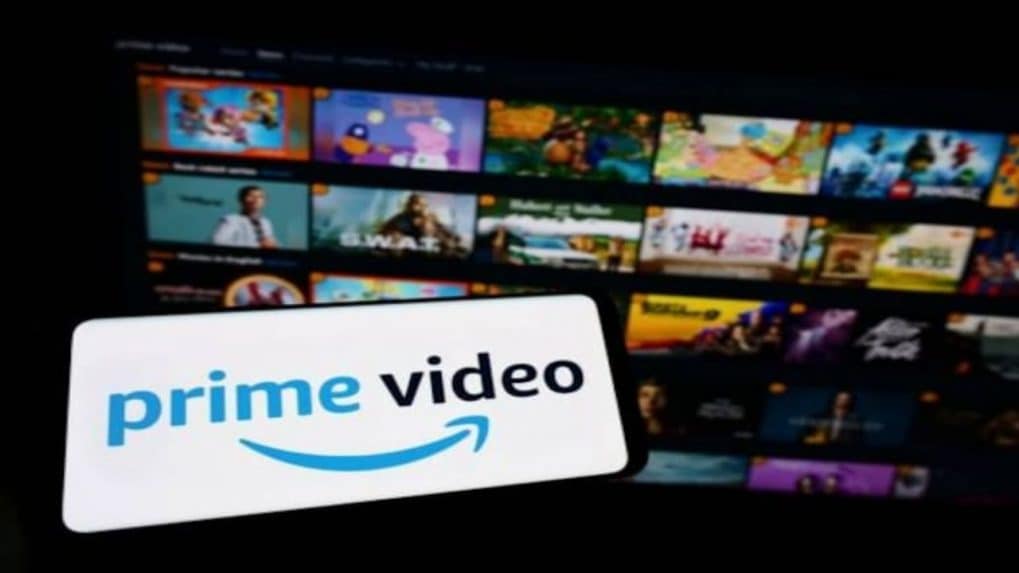Amazon’s ad gamble: Will Prime Video redefine OTT monetization in India?
As platforms search for sustainable monetization models, industry leaders agree that the move reflects both a market correction and a new phase of platform advertising sophistication
ADVERTISEMENT
By introducing advertisements in India, Amazon Prime Video is signaling a significant shift not only for the global streaming giant but also for the rapidly evolving Indian over-the-top (OTT) media landscape. As platforms grapple with sustainable business models, industry insiders view the move as both a market correction and a step toward more sophisticated advertising strategies.
Uday Sodhi, former head of SONY LIV, underscores the economic pressures driving this transition. “In India, OTT subscriptions are among the cheapest worldwide, typically $7 to $10 a year, compared to 10 to 12 times that elsewhere,” he said. “At this price point, the model is unsustainable. It costs more to watch a movie in a theater than to subscribe to a streaming platform for an entire year.”
Sodhi explained that platforms now face two clear paths: raising subscription fees or adopting advertising-supported models, ideally within a tiered framework. “Viewers who reject ads pay full price, those who accept ads pay less, and some can even access content nearly free.”
With over 600 million Indians streaming video on mobile devices but only about 100 million subscribing, Sodhi views the shift as a natural progression. “Indian audiences are accustomed to ads interrupting films every 10 minutes. This isn’t a consumer issue. OTT platforms must boost revenue to maintain quality content. There are no losers here.”
Read More:Creative control or creative caution? What’s really driving content choices on Indian OTTs
Soumya Mukherjee, chief operating officer of regional streaming service Hoichoi, sees Amazon’s move as part of a broader industry evolution rather than a radical change. “Globally, hybrid subscription-ad models are common,” he noted, citing Hulu in the United States as a precedent. “Amazon Prime is unique. it’s not just about video streaming but part of a larger ecosystem focused on delivery, with OTT as an added benefit.”
Mukherjee also hinted that regional players like Hoichoi might soon explore hybrid models themselves, though he stressed the importance of preserving user experience. “Viewers expect a seamless, high-quality experience. Monetization can happen, but if experience suffers, users won’t stick around.”
From the advertising perspective, Meher Patel, founder of Hector, an Amazon Ads partner agency, emphasized the strategic advantage of deep data resources and demand-side platform (DSP) capabilities. “Amazon’s move isn’t just about expanding ad inventory, it’s about precision targeting,” Patel said. “Prime Video’s data spans viewing habits, shopping behaviors, voice commands, and more, offering advertisers granularity.”
Patel added that traditional broadcast models fall short of this precision, as many broadcasters still rely on panel data, whereas global OTT platforms use real-time insights and cross-platform signals.
Prrincey Roy, chief executive officer and co-founder of Huella Services, offered an advertiser’s lens on how Prime Video fits within the creator-driven ecosystem. “Platforms like YouTube and Instagram's Reels thrive on influencer culture and viral content,” she observed. “Prime Video may not capture that virality but excels in premium storytelling, ideal for brand lift campaigns.”
Roy further pointed to Amazon’s potential for interactive, performance-driven ads that link viewing directly to purchasing, creating new possibilities for attribution and blending brand-building with direct response.
Read More:I&B Ministry asks OTT platforms to enhance accessibility features for persons with disabilities
Meanwhile, Sameer Nair, Managing Director, Applause Entertainment, cautioned against chasing sheer volume without quality. “For ad-supported streaming to work, content and platform must provide a safe, high-quality environment,” he said. “Simply selling billions of impressions is tough to monetize, especially when content costs are high.”
Nair also noted that India’s traditional pay-TV market has long operated on a freemium basis, ads plus affordable subscriptions, making OTT’s current shift less revolutionary than evolutionary. “What will matter is the ad rates these platforms can command, particularly against juggernauts like YouTube and Jiostar,” he added. “Maintaining user experience across free and premium tiers is critical.”
Read More:India’s OTT showdown: Regional titans challenge global giants

